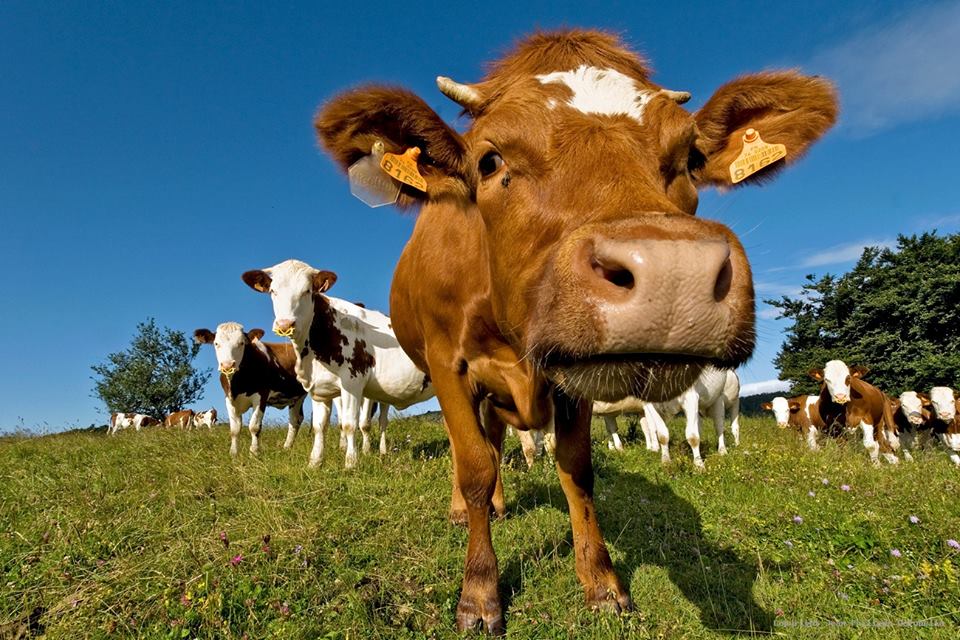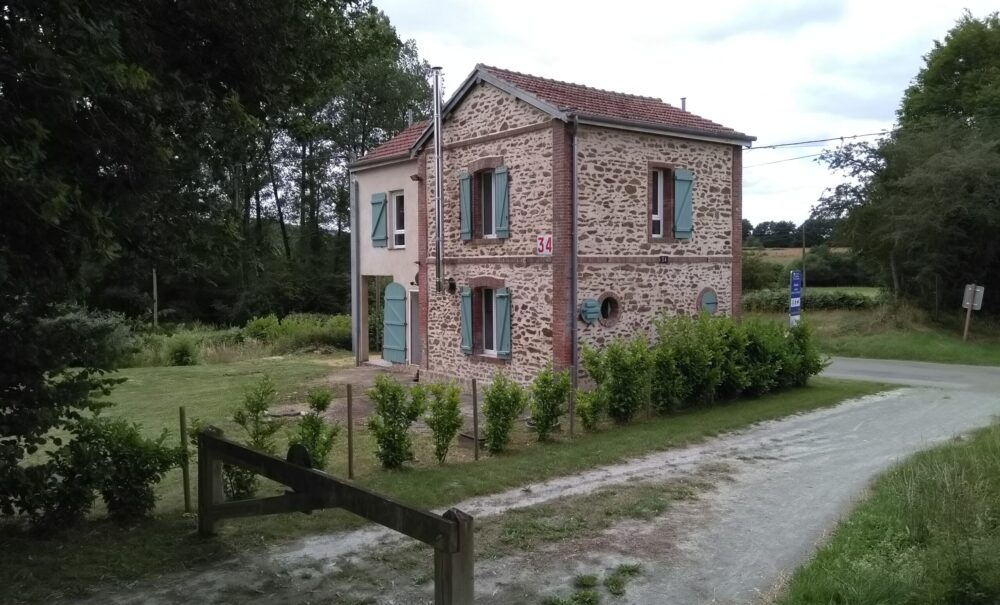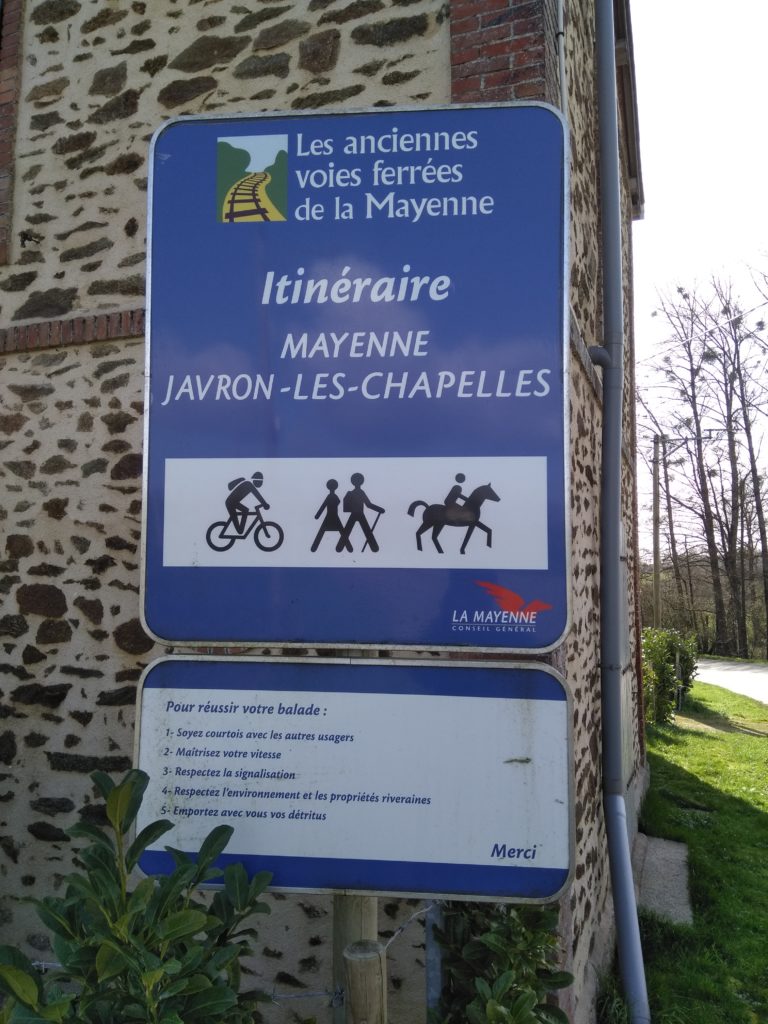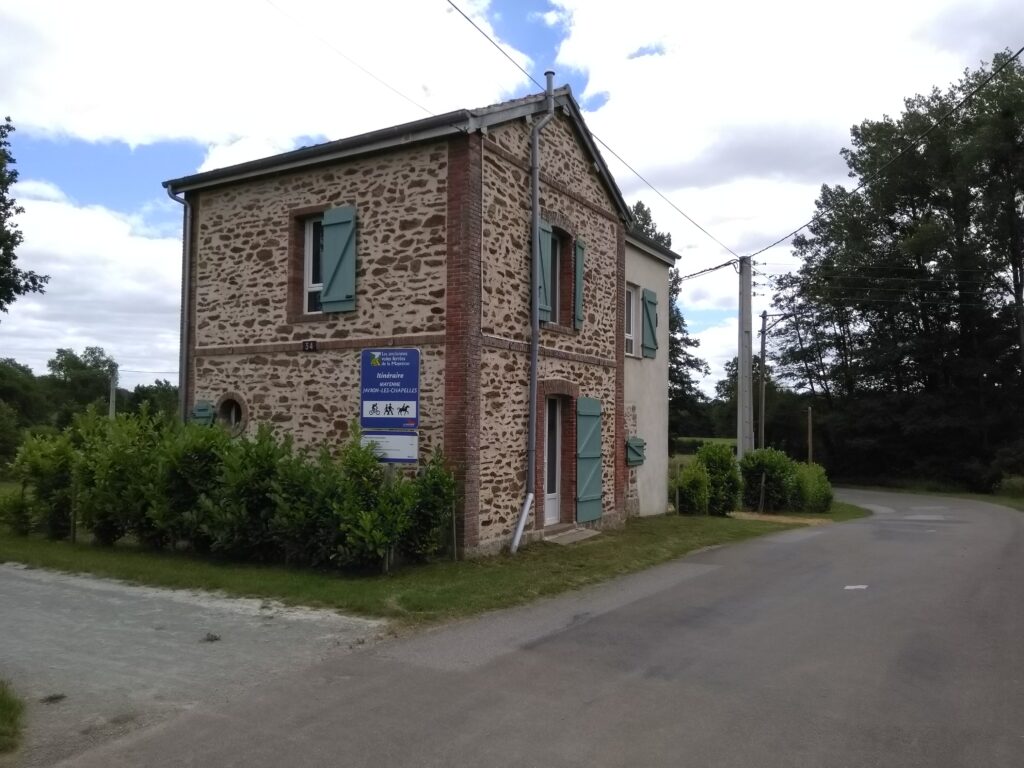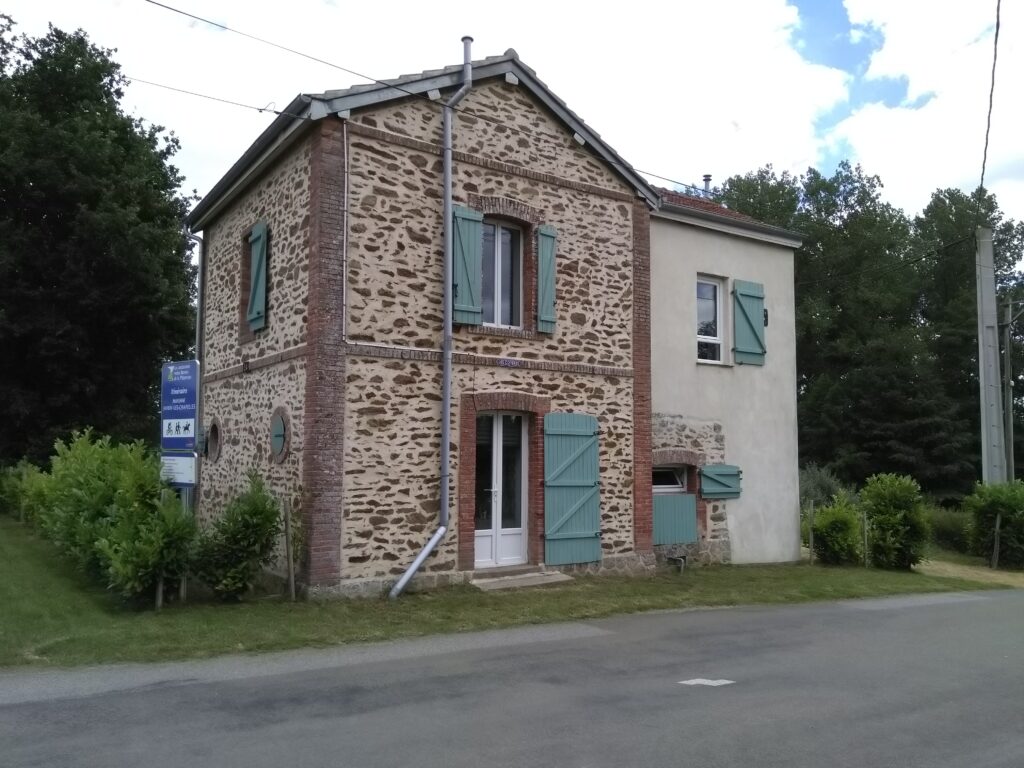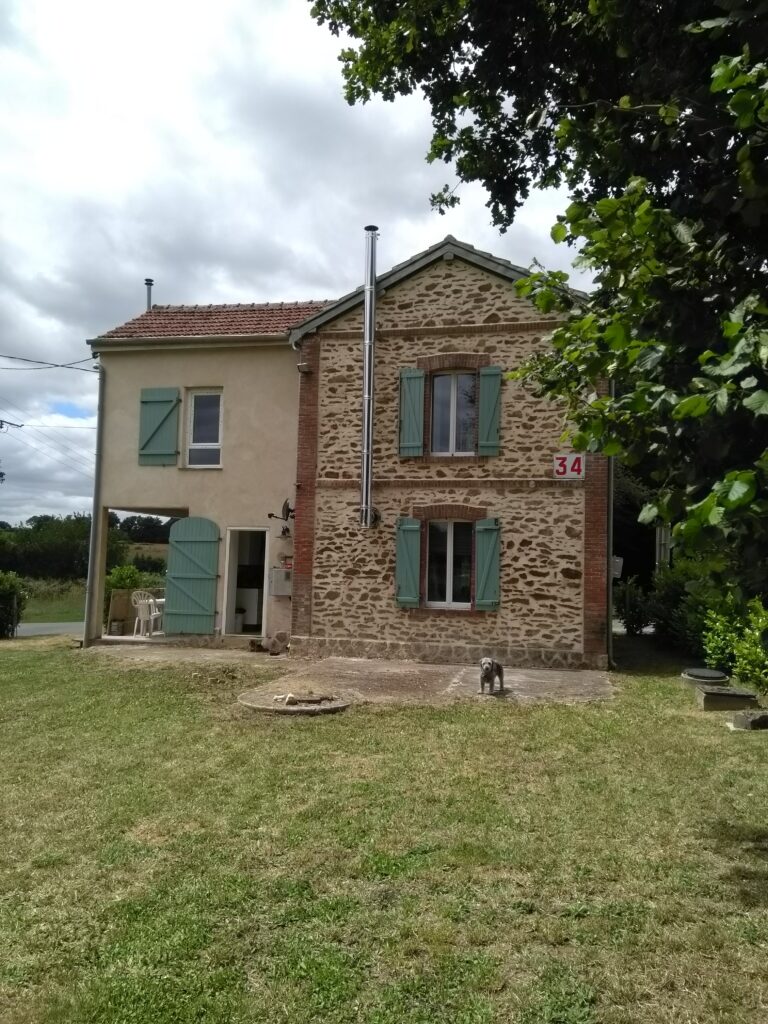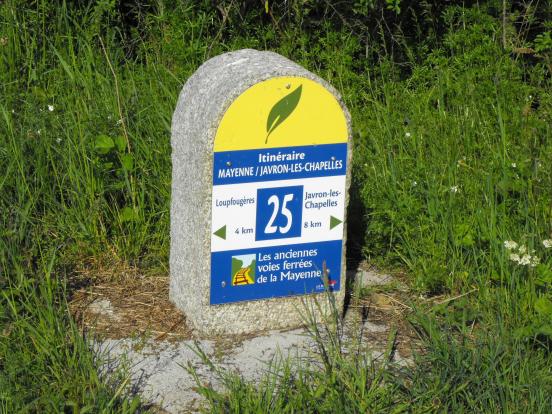The house was built to serve the railway in about 1875. The name seems to be derived from more Spanish than French origins, but takes the word ‘coy’ to mean hidden or shy but with alluring aspects, which this house certainly has. It was originally a house to operate the ‘passage a niveau’ or level crossing at a particularly blind corner as you exit the village.
The SNCF railway linked the town of Mayenne in the west heading east and north towards the town of Javron and into department Orne (61, Normandy region) towards Alencon. It had stops at all the principal villages along the route. There were numerous stone houses like this one built at crossing points along the route, all to similar designs, but any surviving houses have been since altered for modern living beyond recognition. This property was saved in 2012 with work commencing since 2013. There was very little roof left, no upper floor, doors or windows, plumbing or electricity. There are some original features such as the stairs, but not much else as it either didn’t exist or had rotted away. The kitchen was originally the ‘outhouse’, and the chimney would have been where the kitchen meets the sitting area. There was an identical house to this the other side of the ‘gare’ or station just along the path but it has long since been demolished, like many of these properties.
During WWII it was a useful route to transport German soldiers and goods, with Laval and Mayenne being centres of finance for the occupation. As the towns were liberated, there was much destruction by the retreating Germans.
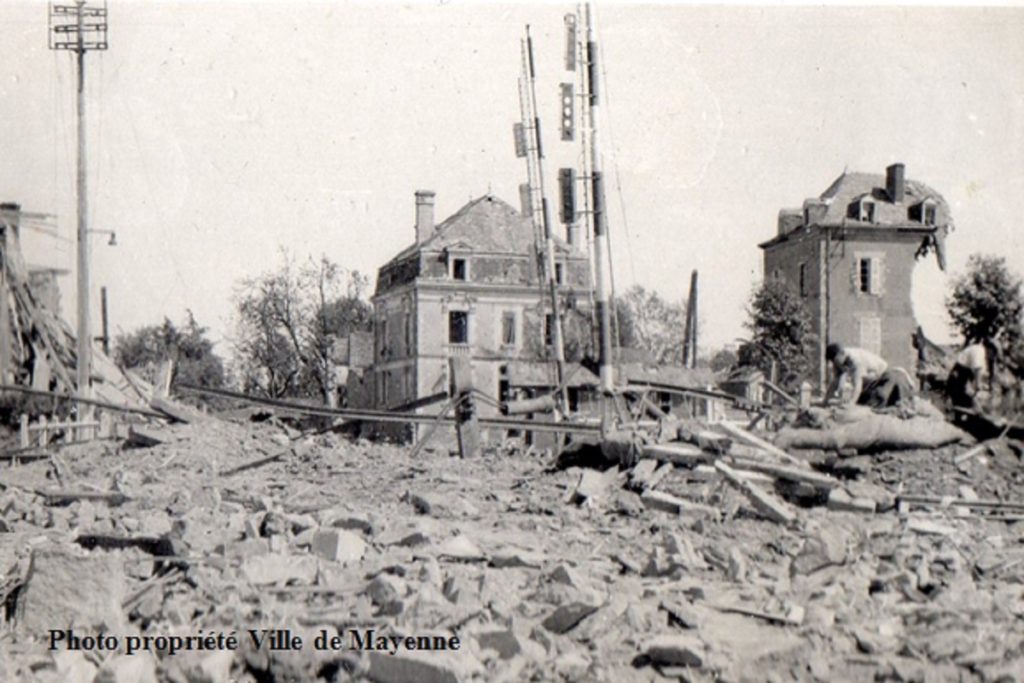
Passenger services ceased in 1938 and goods services were finally stopped in 1987 with decommissioning in 1992. The track has been removed and the route is now a ‘voie verte’ or green lane consisting of compacted sand and gravel, ideal for walking, jogging, cycling and horse riding. It is maintained to a high standard given the length and rural nature of the route.
Mayenne is a rural department and is known to have more cows than humans. There are many large milk and cheese production facilities, including the ‘Baby Bel’ factory. Electricity supply came as late as the 1950’s in some areas. Mayenne also had no tv service until the 1970’s. Before that the department was served by surrounding regions.
